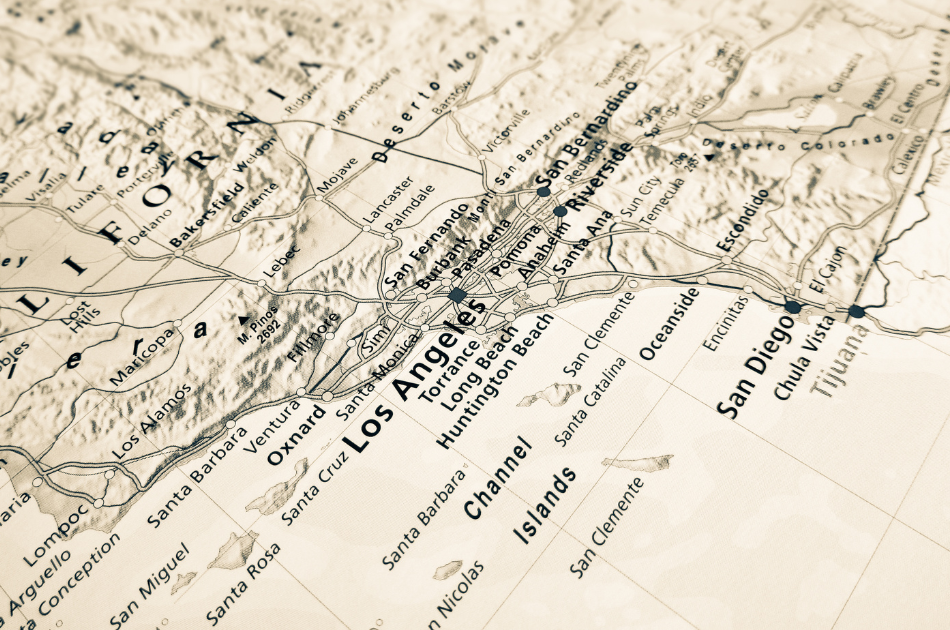Imagine someone who lives in Atlanta and needs to travel to Washington, DC, for business. This is about a 10-hour drive. A flight takes about two hours, assuming no delays. Add to that the drive to the airport, checking in, the security line and waiting at the gate. Upon arrival in D.C., it may take another 30 minutes to pick up any checked bags and find a rental car—and even more, time to drive to the specific destination. The average person would estimate a total travel time of four to five fours.
Most people would choose to fly instead of driving themselves. However, if they could have a fully driverless car take them there, the choice changes. Passengers could eat, drink, work and sleep during the 10-hour drive. They could leave whenever they want, and pack whatever they want—including liquids and pocketknives—with no searches or scans. When they get to D.C., they wouldn’t have to find a rental car and navigate to the actual place they’re going. Which would you choose?
Now imagine the self-driving car has a reclining seat with actual legroom or even a bed. It’s more than a little tempting. The point is that if and when it comes, autonomous vehicle technology is likely to encourage more travelers to skip the hassle of flying, something that new research backs up.
In a new study, people were shown various trips of different lengths and asked whether they would rather drive themselves, take a flight or ride in a self-driving car. In general, the data indicated that people always preferred driverless vehicles over manual driving. Assuming these self-driving cars would be electric, a whole lot of emissions would be prevented from entering our atmosphere if people were to start favoring automated driving over flying.












